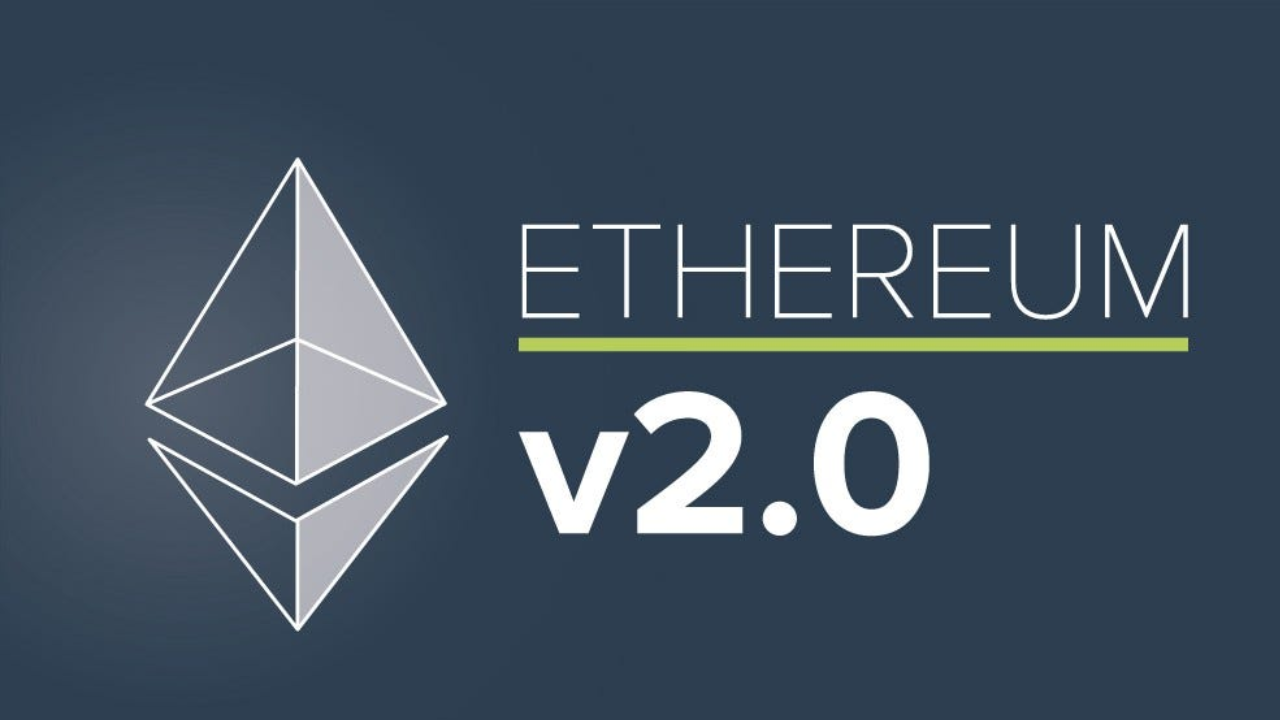Inside the Latest Ethereum 2.0 Developments – Explained Simply
Ethereum has long been one of the most influential and widely used blockchain platforms in the world. Since its launch in 2015, it has powered everything from decentralized finance (DeFi) to non-fungible tokens (NFTs), smart contracts, and more. But Ethereum has also faced serious challenges—mainly around scalability, transaction fees, and energy consumption.
To solve these problems, the Ethereum community has been rolling out a massive upgrade known as Ethereum 2.0, also called the Ethereum Consensus Layer. The changes are not just technical; they represent a fundamental shift in how the entire Ethereum network functions. And now, in 2025, the most recent developments in Ethereum 2.0 are beginning to reshape how users interact with the platform.
In this article, we’ll break down the latest Ethereum 2.0 updates in the simplest terms possible, so that anyone—tech-savvy or not—can understand what’s changing and why it matters.
What is Ethereum 2.0?
Ethereum 2.0 is a multi-phase upgrade designed to improve Ethereum’s scalability, security, and sustainability. The biggest difference from the original Ethereum lies in how transactions are validated.
The old Ethereum network used a Proof of Work (PoW) system, which required powerful computers to solve complex mathematical puzzles in order to confirm transactions. This was effective but energy-intensive and slow.
Ethereum 2.0 has now shifted to a Proof of Stake (PoS) model, which is far more energy-efficient and scalable. Instead of miners competing to solve puzzles, PoS allows users to become validators by locking up (staking) some of their Ethereum. These validators are then randomly selected to confirm transactions.
The Merge: A Historic Moment
One of the most important milestones in Ethereum’s journey to 2.0 was The Merge, which happened in September 2022. This event merged the original Ethereum execution layer with the new PoS consensus layer. It marked the official transition away from Proof of Work.
The Merge reduced Ethereum’s energy usage by more than 99 percent. That alone made a huge impact, especially for critics who were concerned about blockchain’s environmental footprint. But The Merge was just one part of a broader transformation.
What’s New in 2025?
As of mid-2025, Ethereum’s developers have pushed several more upgrades beyond The Merge. Here are the most significant developments you need to know:
1. Sharding is Becoming a Reality
Sharding is one of the most anticipated features of Ethereum 2.0. Think of it as breaking up the Ethereum blockchain into multiple smaller chains—called shards—which can process transactions in parallel.
This means Ethereum won’t rely on a single chain to handle everything. Instead, each shard can take on a portion of the workload, which massively increases the number of transactions per second (TPS) the network can handle.
Recent testing of sharding mechanisms has shown promising results. In fact, Ethereum’s throughput is expected to jump from a few dozen TPS to several thousand once full sharding is implemented by the end of 2025.
2. Danksharding and Proto-Danksharding
One of the newer concepts in Ethereum 2.0 is danksharding, a redesign of how sharding will work to further optimize scalability and reduce gas fees. This builds on proto-danksharding, which was introduced in the EIP-4844 proposal.
Proto-danksharding allows for “blobs” of data to be attached to blocks, enabling cheaper and faster data availability. This is particularly useful for rollups, which are Layer-2 solutions that help scale Ethereum without congesting the main chain.
By mid-2025, many Ethereum developers are focusing on refining danksharding implementations to get even better performance from Layer-2 integrations.
3. Rollups Are More Important Than Ever
Ethereum’s developers are not relying solely on the base layer to handle scaling. Rollups—which bundle multiple transactions together before submitting them to the main chain—are now a core part of Ethereum’s strategy.
There are two main types of rollups:
- Optimistic rollups (e.g., Optimism and Arbitrum)
- Zero-knowledge (ZK) rollups (e.g., zkSync and Starknet)
In 2025, both of these are being actively used to lower transaction costs and speed up confirmations. New updates to rollups are allowing them to function more efficiently and securely, especially with the help of proto-danksharding.
4. Staking Rewards Are Stabilizing
With Proof of Stake now fully operational, Ethereum users can earn passive income by staking their ETH. Over the past year, staking rewards have stabilized as more users join in.
Currently, over 25 million ETH has been staked across the network, which represents significant confidence in Ethereum’s long-term value. Validators now receive both block rewards and transaction fees, and new features are being added to reduce centralization and improve validator performance.
In response to concerns about large staking pools having too much influence, proposals are underway to support decentralized staking and liquid staking, allowing smaller players to participate more easily.
5. Security and Decentralization Improvements
Ethereum 2.0 is also working toward greater decentralization and stronger security. Recent updates have included:
- Improvements to validator slashing conditions to prevent bad behavior
- Enhanced network monitoring to detect faults
- Better user tools for setting up validator nodes at home
This focus ensures that Ethereum remains resilient even as it grows. It also encourages more individual users to become validators, not just large institutions.
Why Ethereum 2.0 Matters for You
Whether you’re a casual investor, a developer, or someone just curious about crypto, Ethereum 2.0 affects you in several ways:
- Lower Gas Fees: As the network becomes more efficient, average transaction costs are expected to drop, especially when using Layer-2 solutions.
- Faster Transactions: With sharding and rollups working together, Ethereum is moving toward near-instant confirmations.
- Sustainable Blockchain: With Proof of Stake fully live, Ethereum is now much more eco-friendly.
- More DApps and Use Cases: Developers can now build applications that are faster, cheaper, and more scalable, expanding what Ethereum can be used for.
Looking Ahead: What’s Next?
As Ethereum continues to evolve, upcoming updates include:
- Full implementation of danksharding
- Further enhancements to wallet security and user interfaces
- Broader adoption of account abstraction to simplify onboarding
- Better integration between Ethereum and other blockchains via interoperability bridges
Ethereum’s development roadmap is long-term by design. While updates can take time, the direction is clear: a faster, safer, and more inclusive blockchain.
Final Thoughts
Ethereum 2.0 is not just an upgrade—it’s a transformation. With the move to Proof of Stake, the introduction of sharding, the rise of rollups, and the continued push for decentralization, Ethereum is positioning itself as the backbone of the decentralized web.
As of June 2025, the network is stronger, faster, and greener than ever. And while there’s still work to do, the progress so far shows that Ethereum is not only keeping up with the times—it’s leading the way.
Whether you hold ETH, use decentralized apps, or simply want to understand where blockchain is headed, Ethereum 2.0 is a development worth watching closely.






